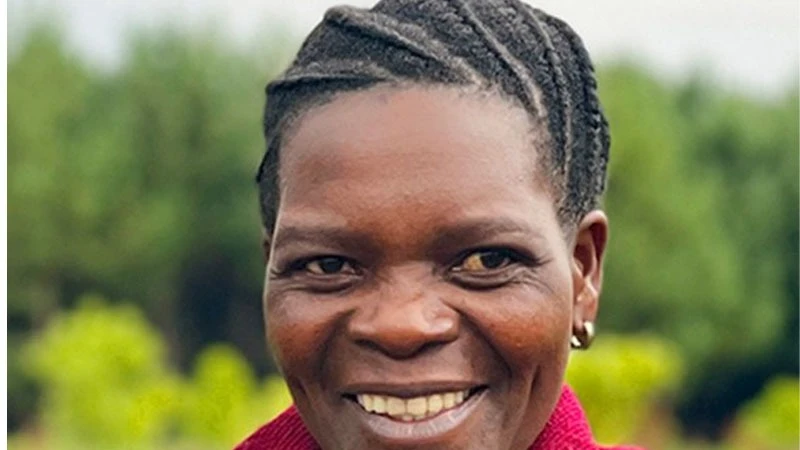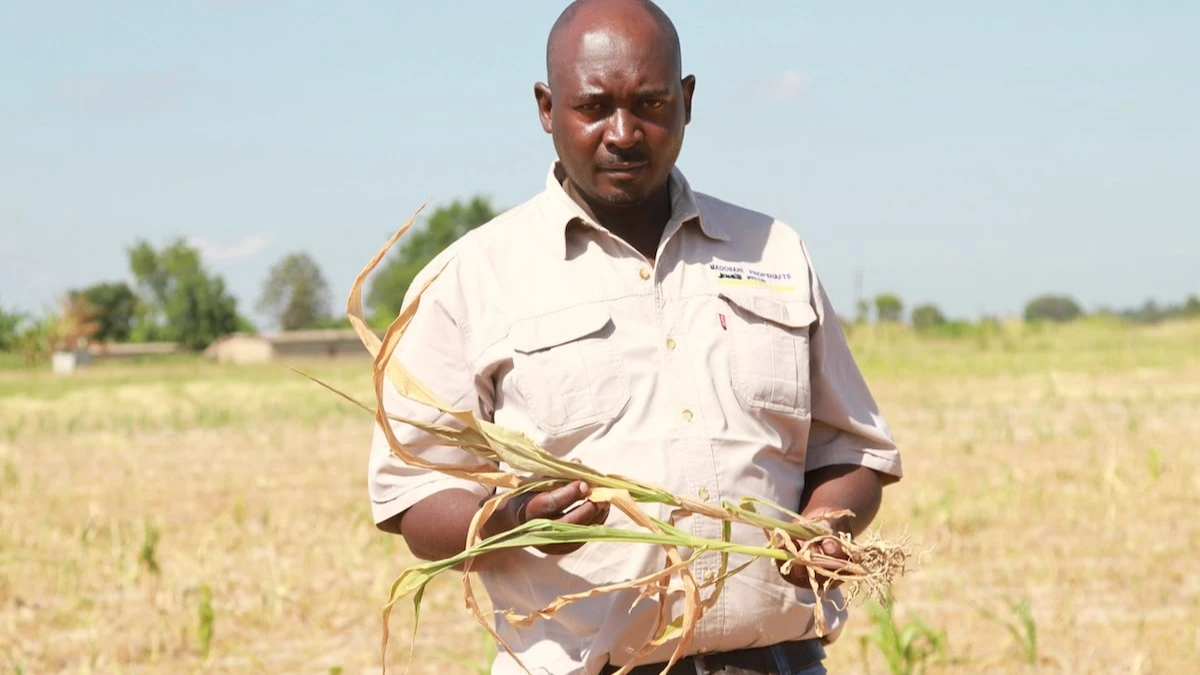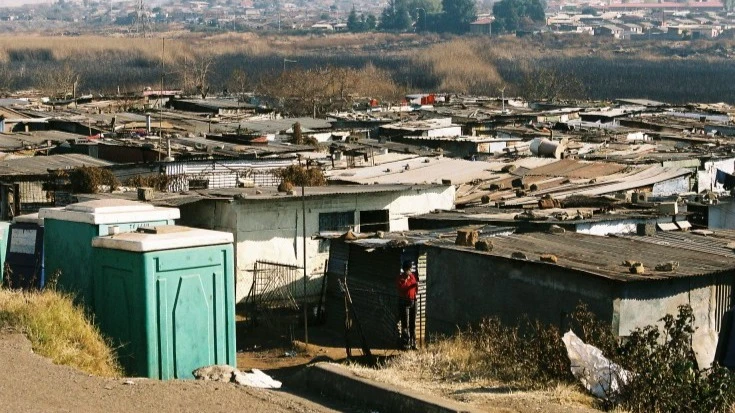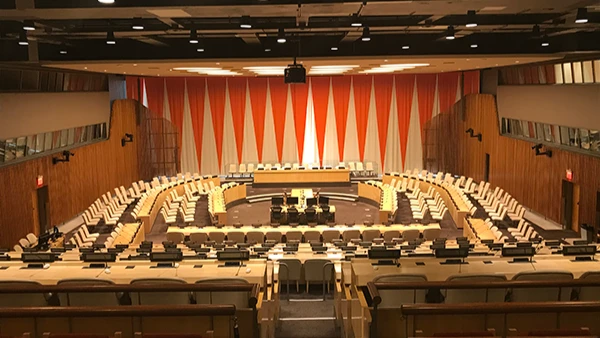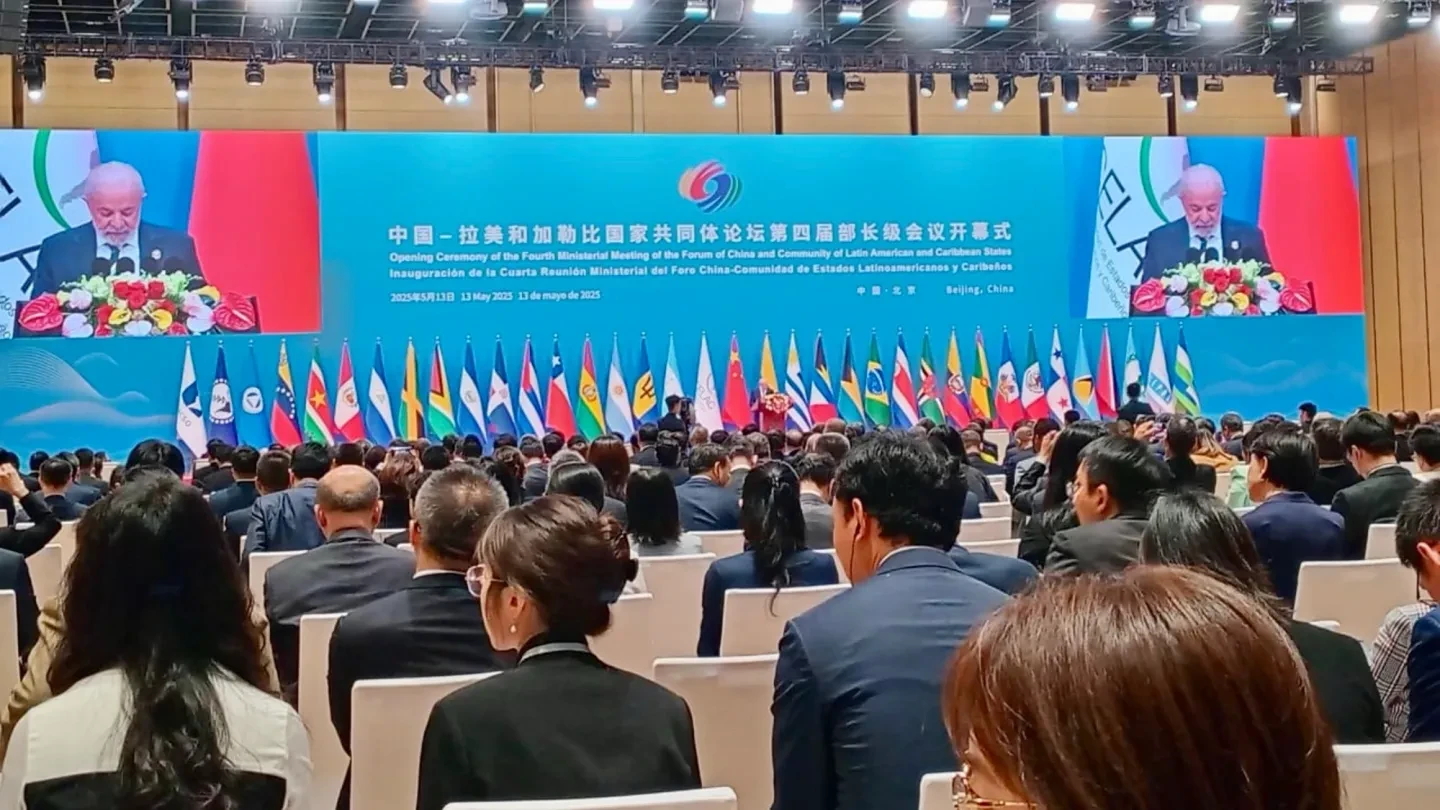Behind the bean: Africa’s coffee and the colonial legacy it carries
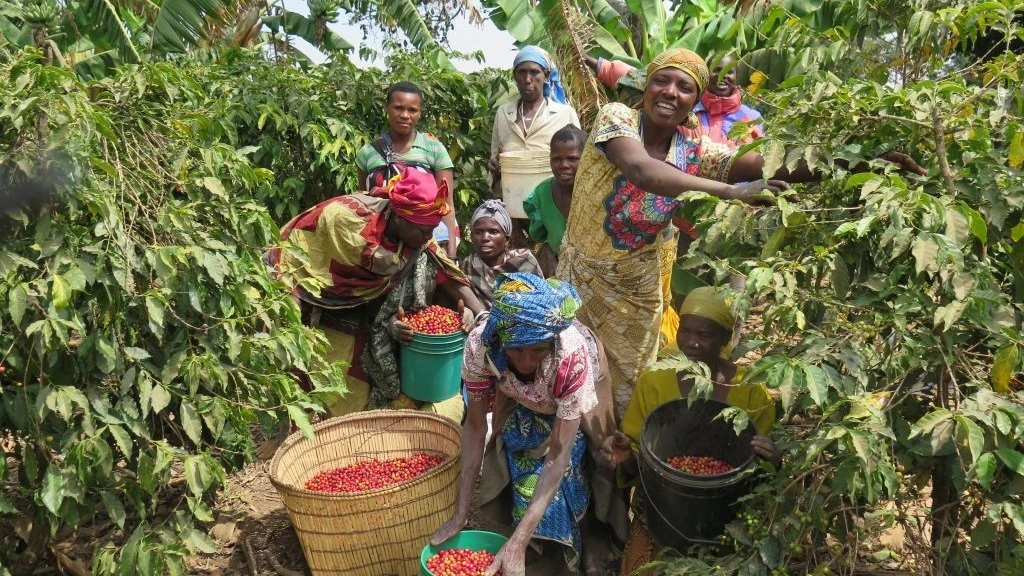
IN a quiet café in Nairobi’s upscale Karen district, the aroma of freshly brewed Kenyan AA-grade coffee fills the air, offering a sensory delight that belies a deeper, more complex history. Across Eastern Africa — the birthplace of coffee — this beloved bean has become a powerful symbol of resilience and a silent witness to a long legacy of colonial exploitation and economic struggle.
Coffee is often regarded as a gift from Africa to the world. According to legend, the stimulant was first discovered around 800 CE in Ethiopia’s Kaffa region by a goat herder named Kaldi. His energetic goats, having eaten bright red berries, sparked curiosity that eventually led to one of the world’s most consumed beverages.
Today, specialty beans such as Ethiopia’s Yirgacheffe and Kenya’s AA remain prized worldwide. But behind their global acclaim lies a story of forced labor, land dispossession, and economic injustice — a legacy that continues to shape Africa’s coffee industry.
Coffee’s commercial journey in Africa took root during the colonial era. In the late 19th century, European powers seized fertile lands in East Africa to cultivate cash crops, with coffee high on the list. French missionaries introduced coffee to Kenya in 1893, and by 1920, the region had become the British Kenya Colony.
The British colonial administration designated Kenya’s fertile central highlands for European settlers, displacing local communities — particularly the Kikuyu and Kalenjin — through the 1902 Crown Lands Ordinance. Africans were banned from growing coffee commercially and instead forced to work on settler-owned farms under harsh conditions.
“The squatters were natives who lived on the farm with their families and cultivated their little shambas,” wrote Danish author Karen Blixen in Out of Africa, reflecting on the exploitation she witnessed during her years managing a coffee estate in colonial Kenya. “In return, they had to work for me a certain number of days in the year.”
By the 1950s, some 2,000 European settlers in Kenya owned farms exceeding 2,000 acres each. Meanwhile, Africans, stripped of land and agency, labored under exploitative systems that prioritized raw exports to Europe, yielding little benefit to local communities.
Uganda, too, saw similar patterns under British rule. Coffee became a major export crop, yet it was often viewed by locals as a colonial product rather than a cultural staple. The term kiboko — Swahili for both "hippopotamus" and the whip used by colonial overseers — came to symbolize the oppressive labor conditions tied to coffee plantations.
Africa’s wave of independence in the 1950s and 60s did little to dismantle colonial economic structures. In Kenya, coffee continued to drive foreign exchange earnings, but the system remained skewed. Farmers, still organized around export-driven models, suffered from low returns and market volatility.
“We are still deeply reliant on international markets,” said Dennis Munene Mwaniki of Kenya’s Africa Policy Institute. “The majority of profits are captured by middlemen and developed countries, leaving our farmers with just a fraction of the final retail value.”
At the Nairobi Coffee Exchange, established in 1935 under colonial administration, pricing remains largely influenced by a small group of multinational buyers. A cup of specialty coffee may sell for $4 in Europe, while many Kenyan farmers earn less than $2.30 per day.
Ethiopian coffee, despite global fame, tells a similar story. Only 5 to 10 percent of the final retail value returns to the country, with most profits captured by brokers abroad. The World Bank estimates many Ethiopian coffee farmers make less than $500 annually.
Toward Equity: Cooperatives and reform
Faced with persistent inequalities, African nations are turning to local solutions. In Kenya, over 800,000 smallholder farmers have joined cooperatives, like the Mutira Farmers’ Cooperative Society in Kirinyaga County. These collectives offer access to credit, training, and agronomist support, helping farmers improve yields and bargaining power.
Victor Munene, an agronomist with Mutira, said farmers receive inputs on credit and repay after harvest. “This system ensures access even when funds are tight, boosting both yield and quality.”
The Kenyan government has also launched reforms, including a Coffee Cherry Advance Revolving Fund and a three-day payment guarantee under the Direct Settlement System. Coffee exports rose by 12 percent in 2024 to 53,519 tons, earning $296 million, according to the national statistics bureau.
Beyond cooperatives, African governments are pushing for value addition and local branding to reclaim a larger share of global coffee profits. Ethiopia’s Fine Coffee Trademarking and Licensing Initiative, launched in 2004, registered Yirgacheffe, Sidamo, and Harar as trademarks in key markets.
Uganda’s 2024 National Coffee (Amendment) Bill encourages local processing and transparent auctions to reduce dependence on middlemen. President Yoweri Museveni has repeatedly called for domestic value addition to drive industry growth.
South-South cooperation is also gaining traction. Ethiopia, Kenya and others are leveraging trade fairs and e-commerce to tap into emerging markets such as Egypt, Nigeria and China.
Despite its deep colonial scars, Africa’s coffee story is now one of transformation. Farmers, cooperatives and policymakers are working to rewrite the narrative — from exploitation to empowerment.
“If I know a song of Africa, does Africa know a song of me?” Blixen once asked. If the coffee bean could sing, it would carry the bitter tones of the past — but also the hopeful melody of a continent reclaiming its roots, one cup at a time.
Top Headlines
© 2025 IPPMEDIA.COM. ALL RIGHTS RESERVED


